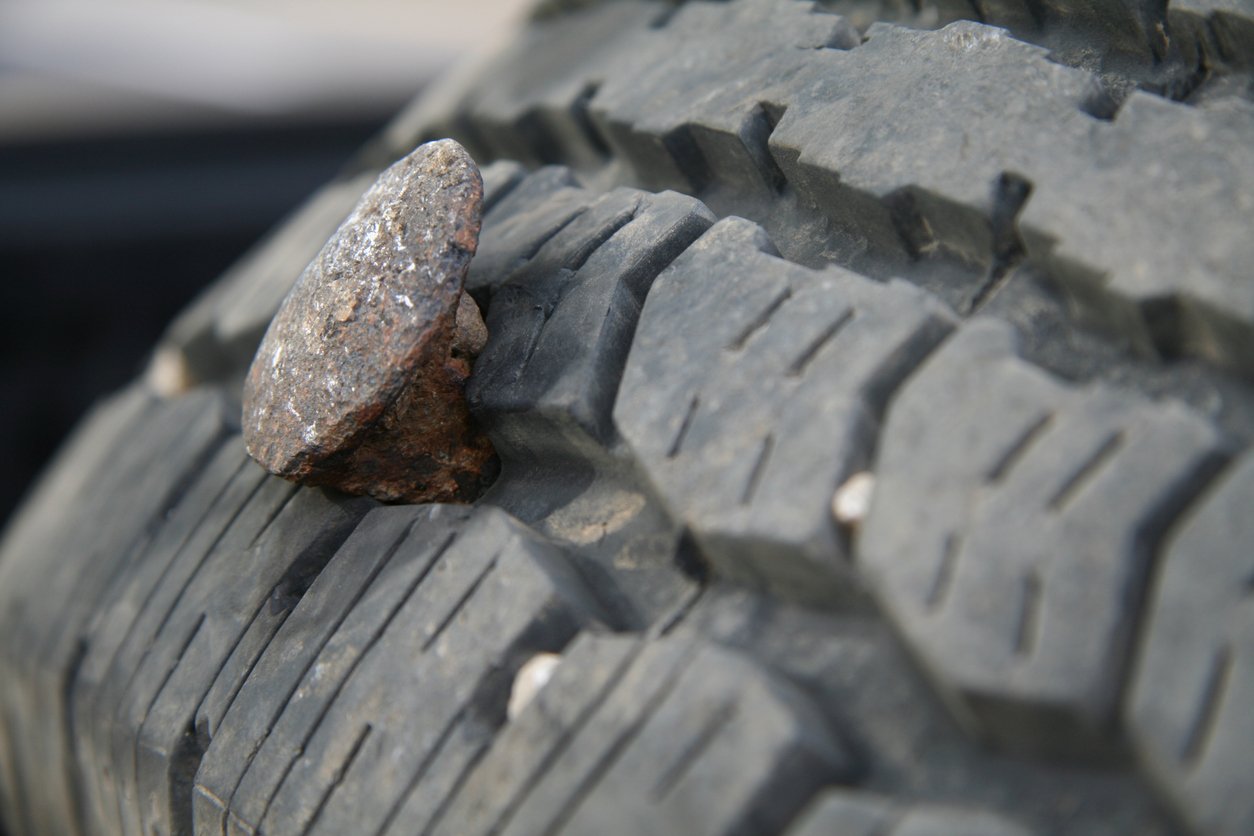Although it is not the end result for soft tires, in a pinch, Fix-a-Flat can a great option to help plug a hole until you're able to get your car to a mechanic. This article about how to use Fix-a-Flat comes from ThoughtCo.

How to Use Fix-a-Flat
There is nothing exciting about getting a flat tire. In fact, it can be the immediate end to an otherwise enjoyable time. Is that aerosol can a true emergency flat tire repair tool or would it be better used to flag down a trucker via his windshield? Roadside tire sealants are a constant source for debate amongst car people. Classic car drivers often don't even have room for a proper spare tire in their vehicles, so one of these products is the only chance they have on the side of the road outside of calling for the flatbed hauler to scoop them up. Remember, if an auto repair product seems too good to be true, it probably is. Now forget you ever heard that for a minute. Fix-a-Flat is the real deal, and it's the original roadside flat tire helper. It really does temporarily repair tires, like a discount tire fix in a bright yellow can.
Fix-a-Flat really works. It's safe to store in your car and can survive the blistering heat and freezing temperatures. All you need to know now is how to use the thing. As is the case with anything that's under high pressure in a can, using it the wrong way can lead to disastrous consequences. If your tire valve appears damaged, for instance, you shouldn't even take the yellow can out of the trunk. Knowing how it works and how to use it can be a lifesaver if you find yourself with a flat. What are you waiting for?
How to Use Fix-a-Flat on a Flat Tire
Warning: There is some evidence that aerosol tire sealers can harm TPMS (Tire Pressure Management Systems). If your car is equipped with tire pressure warnings, please consult the manufacturer before you add a can to your roadside emergency kit.
Fix-a-Flat is almost entirely self-explanatory. It can repair tires. But like all things simple, it's the little things that can clog up the works.
Get Ready to Save the Day:
- Pull over to a safe area.
- Remove the black cap from the valve stem (the nipple that the air comes in through).
- Put the cap in a safe place, you'll need to put it back on when you're done.*
- Screw the can of Fix-a-Flat onto the valve stem, you'll hear it start to fill the tire with air.
- When it stops filling, unscrew the can and replace the valve stem cap.
- Drive the car right away. The sealant in the magic can needs to circulate evenly inside the tire to fill the leaky hole and ride evenly.
- Plug the hole yourself or take it to the shop.
Important
Remember that Fix-a-Flat is designed to get you to a safe place only and should never be considered a permanent tire repair. Fix the hole properly as soon as possible. Also, if you experience any vibration or wobbling while driving on a tire that has been repaired with Fix-a-Flat, don't be alarmed. The extra gunk inside your tire can throw it completely off balance. While this isn't an optimum condition for driving and can be a little hard on your suspension over a prolonged period, it's fine to drive like that long enough to have a proper repair done. Remember, the key word here is temporary.
If you have your tire repaired at a shop, be sure to tell them you used Fix-a-Flat. They need to know that your tire is filled with aerosol gasses and not just air.
*Your valve stem caps keep debris from clogging the valve and keep water and ice from collecting. Both could cause problems in an emergency.
Click here to see the original article.